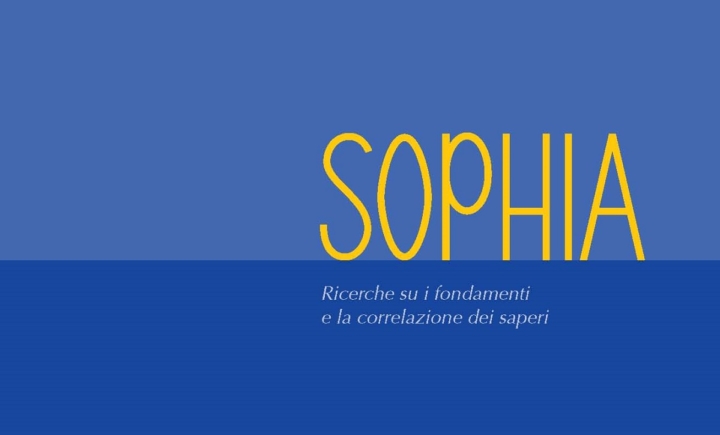«Sono nera e bella, come le tende di Kedar, come le pelli di Salomone» (Ct. 1,5): bellezza e bruttezza nel “Commento al Cantico di Origene”

Per visualizzare l’articolo scaricare pdf del fascicolo 2019/1
L’obiettivo principale di questo studio è di investigare l’uso delle nozioni di “bellezza” e “bruttezza” nel "Commento al Cantico dei Cantici" di Origene di Alessandria (185-254), con un’attenzione particolare all’esegesi di Ct. 1,5: «Sono nera e bella, come le tende di Kedar, come le pelli di Salomone». A questo proposito, dopo una sezione introduttiva, questo studio sarà costituito di due principali sezioni. La prima sezione riguarda la discussione fra Origene e il platonico Celso in merito alle nozioni di “bellezza” e “bruttezza” di Gesù Cristo, che contribuirà alla comprensione dell’interpretazione dell’Alessandrino di Ct. 1,5. La seconda sezione è del tutto dedicata alla lettura origeniana di Ct. 1,5, con un’attenzione particolare sul conrrasto tra la “bellezza” e la “nerezza”/“bruttezza” della sposa, ossia dell’anima/Chiesa dei gentili. La conclusione è che le nozioni di “bellezza” e “bruttezza”, utilizzate da Oorigene sia nel "Contro Celso" sia nel "Commento al Cantico", denotano il grado di accesso dell’anima/Chiesa dei gentili alla Rivelazione e, di conseguenza, della sua comunione con Cristo.
